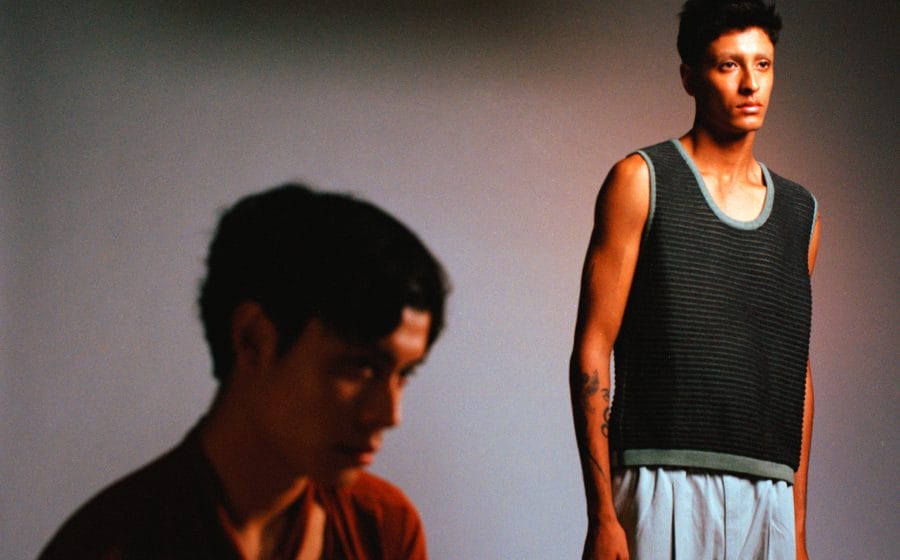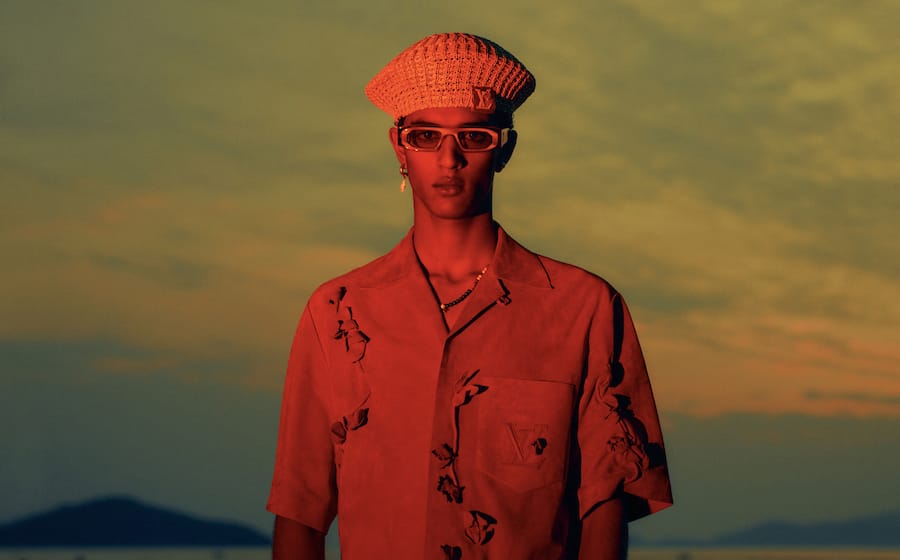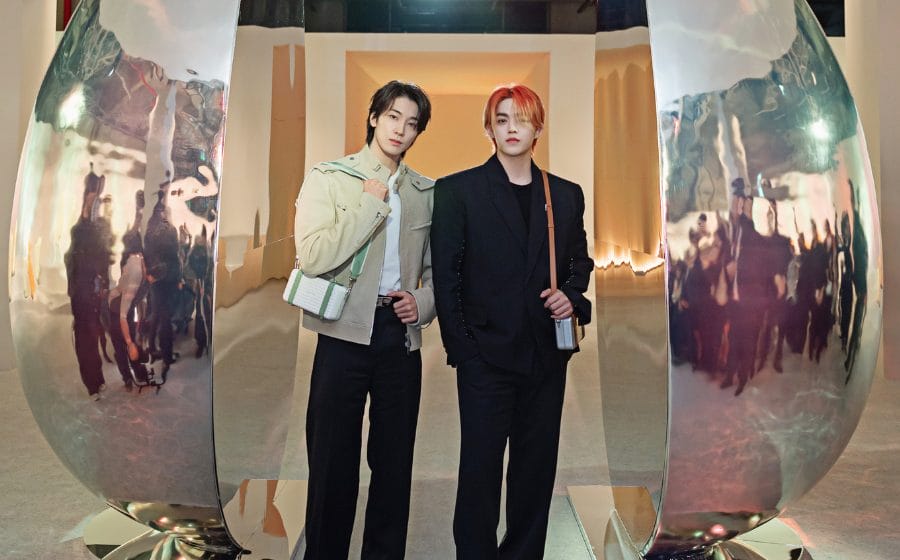A giggling Chinese ingénue struggles to eat pizza, spaghetti, and a large cannoli with chopsticks. This ill-conceived “Eating with Chopsticks” scenario is ostensibly rooted in racial stereotypes, but it is arguably more misguided than assailing. It was only when a series of leaked DMs laid bare the designer’s unfortunate exchange with a social media vigilante that the viral firestorm was lit. The fallout was swift and nuclear: Chinese celebrities, models, and influencers publicly denounced the brand; Chinese online retailers and departmental stores dumped their goods; the plug was unceremoniously pulled on #TheGreatShow. It is going to take a lot more than an attempted apology in awkward Mandarin to cure this cancer.
But what exactly is the big issue? Fashion used to be able to get away with provocative and eccentric advertisements that push social and cultural boundaries in the name of creativity, but the recent rash of online outrage suggests that is no longer the case. Gucci’s “blackface” balaclava, Prada’s “golliwog” gewgaw, and Burberry’s “creepy” Chinese New Year are just some of the controversies to surface in the last three months as ethnic minorities call out fashion’s kink loudly and proudly, empowered by new paradigm shifts – African Americans dominate streetwear and street culture while the Chinese have their purchasing power. However, not all charges of racism are equal, and it is the backlash against Burberry’s campaign that proves to be most problematic (no, it is not because we are Chinese).
Earlier this year, Burberry released a Chinese New Year campaign called “Modern Tradition”, with the concept of “togetherness, gathering the cross generations of family for a seasonal celebration”. Sounds like the usual festive fare, but the family portrait-style images shot by photographer Ethan James Green were hailed on Chinese social site Weibo as “terrifying”, a “horror show”, and even a “plot to murder grandma”, leading to their surreptitious removal. Granted, Green’s solemn portrayal is a departure from the typical boisterous cheer of the Spring Festival, but calling it “offensive” or “tone-death” is hyperbolic. Alas, artistic freedom of expression is not worth public consternation. Who is to say that the Chinese will happily loosen their purse strings should Burberry have gone with yet another false appearance of bliss?
To some, both “Modern Tradition” and “Eating with Chopsticks” crossed the line. The problem arises when people use their minority position to cry foul on things they deem unfavourable, even though there is no discernible discrimination. When Dolce & Gabbana’s “DG Loves China” campaign had models posing with locals at Tiananmen Square and hutongs (narrow streets), Chinese netizens were furious because they felt it unfairly showcased an undeveloped Beijing; they wanted modern skyscrapers and stylish citizens. Curiously, commenters praised the same campaigns in Hong Kong and Japan set similarly in night markets and alleyways, seeing beauty in others and ugliness in themselves. The people depicted in “DG Loves China” are not even impoverished, just regular passersby going about their day! Wanting to be represented in a certain way (urban and sophisticated) does not make alternative depictions racist, and when fashion bows to such political correctness, it becomes propaganda.
The current climate of inclusivity, diversity, and cultural awareness has created a hypersensitivity towards anything that is remotely prejudicial. People are actively looking for racism everywhere. Chinese shoppers manhandled outside a Balenciaga boutique? That is racist. Brooklyn Beckham posted photos of Chinese tourists in Venice with the caption “No place like Italy innit”? Racist. A Chinese passenger caught in a “hostage situation” with a Malay Go-Jek driver? Definitely racist.
When any and every incident involving a minority group is haphazardly attributed to racism, it dilutes the seriousness of the issue (hint: only one of the above accusations hits the mark). Wilful watchdogging ironically undermines the cultural diversity it is safeguarding. Already dealing with systemic racism in its ranks, fashion bigwigs are not going to stick their necks out further if it is just going to hurt their image, or worse, their wallets. The foreseeable result is campaigns and collections that become increasingly bland and homogenous, a slave to consumers while enslaving creativity with self-censorship.








